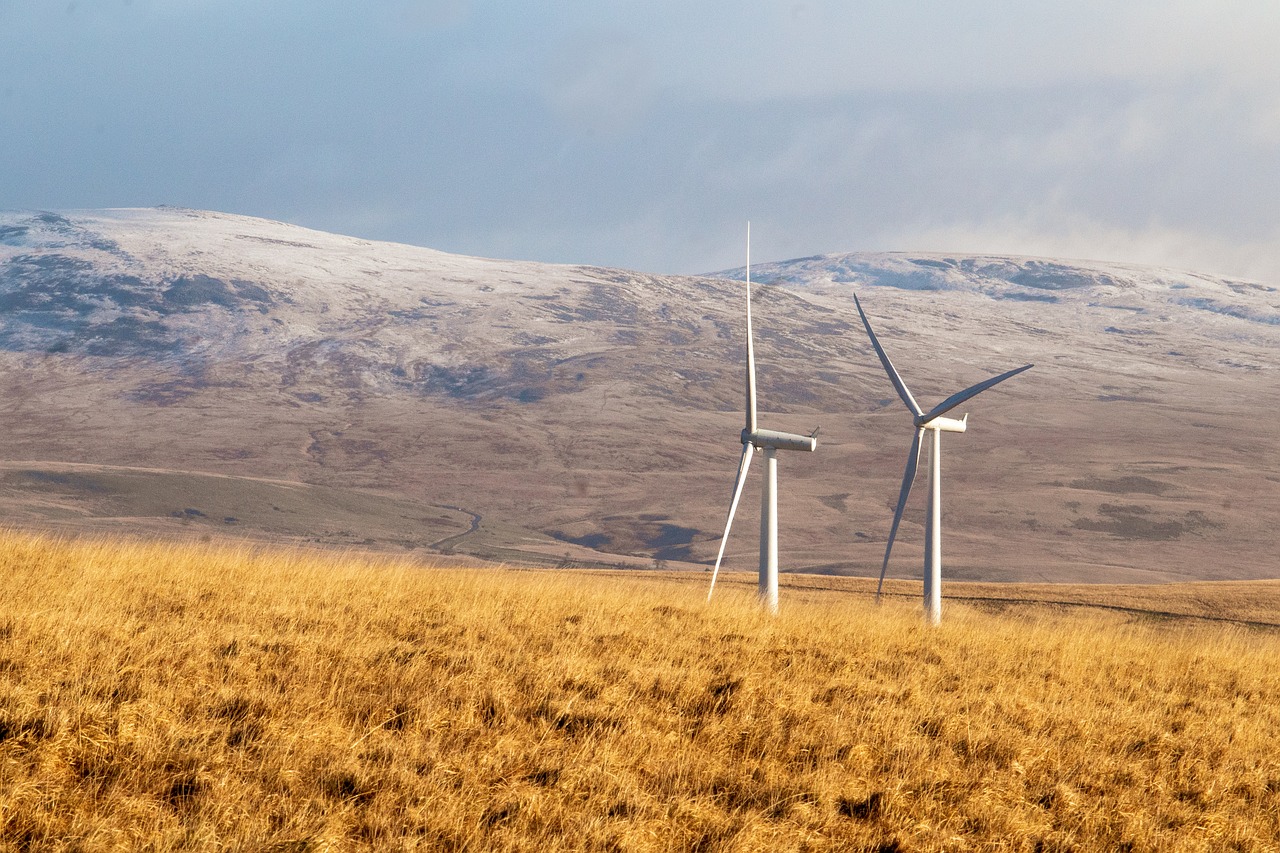For pundits, summer was a teaser of what could happen if the world doesn’t limit the average global temperature increase to less than 1.5 degrees Celsius (2.7 degrees Fahrenheit) of pre-industrial levels. According to the Copernicus Climate Change Service, an EU monitoring body, about a third of the days this year saw average global temperatures cross that threshold.
Unusual rainfall patterns resulted in severe droughts, causing massive forest fires, while flash floods in other places decimated communities. The U.S. National Oceanic and Atmospheric Administration said the number of climate disasters exceeding $1 billion in damage increased by nearly 28% in the first nine months of 2023 compared to all of 2022.
Staving off the worst climate crises is critical. “Energy plays an essential role in climate course correction and the realization of sustainable development,” according to the World Energy
Transition Outlook 2023, published in June by the International Renewable Energy Agency (IRENA). The paper highlights what governments must do to ensure a sustainable shift to green energy. It will not be easy, as “accelerating progress worldwide requires a shift away from structures and systems built for the fossil fuel era.”
Game of stats
The IRENA report estimates the percentage of clean energy in the overall energy mix must increase from 16% in 2020 to 77% in 2050 to ensure the world remains under the 1.5-degree Celsius threshold. “Total energy supply [from fossil fuels] would remain stable due to increased energy efficiency and growth of renewables,” it added.
To achieve that goal, the World Energy Report said global green energy investments should triple from a yearly average of $500 billion in 2022 to $1.5 trillion in 2050. The most high-potential sectors are transportation and buildings, which “would require a 12-fold increase in renewable electricity capacity by 2050, compared to 2020 levels.”
A significant portion of green investments should go to middle and low-income nations, as they already significantly lag behind advanced countries. The report estimated that “85% of global renewable energy investments benefit less than 50% of the world’s population.” Africa, with nearly 18% of the world’s population, accounted for only 1% of the benefit. The report described it as a “concerning trend.”
Commit to invest
Infrastructure is vital to transitioning to green energy. According to IRENA, that includes “investing at scale in grids, both land and sea routes, to accommodate new [clean energy] production locations, trade patterns, and demand centers [for exporting excess clean energy].”
In the short term, modernizing existing infrastructure “with grid reinforcements and expansion on both land and sea” is essential to improving energy efficiency and reducing emissions.
The report also stressed the need for infrastructure specific to clean energy, saying it must be resilient, flexible, and long-lasting for a diversified and interconnected energy system.
Meanwhile, transmission and distribution networks need to “accommodate… the highly localized, decentralized nature of many renewable fuels.” That is because households and factories could generate their needs from renewable electricity and supply national grids via a feed-in tariff scheme.
Investing in diverse storage solutions also is vital, as clean energy includes renewables and emissions-free fuels like hydrogen and biogas.
Lastly, IRENA recommends diversifying investments in other energy transition technologies such as biofuels, hydropower, and geothermal energy. Currently, 95% of global clean energy investments go to solar and wind projects.
Government role
The World Energy Outlook 2023 report stressed the importance of governments in expediting the transition to clean energy, saying, “Policies and investments are not consistently moving in the right direction.”
“While there were record renewable power capacity additions in 2022, the year also saw the highest levels of fossil fuel subsidies,” said the report. “Many governments sought to cushion the blow of high energy prices for consumers and businesses.”
The other result of diverging policies and investments is that in 2022, investment budgets directed to green projects were just over half the level of fossil fuel capital investments. The IRENA report stressed governments need to reduce investment in fossil fuels while increasing support for renewable energy sources. That is vital, as “every year, the gap between what is achieved [in clean energy] and what is required continues to grow.”
Government policies need to “focus on the enablers of a renewable-dominated system that can help address the structural barriers that hinder progress … and systemically prioritize the acceleration of the energy transition.”
Other policies should encourage the private sector, households, and the public sector to migrate from fossil fuels to renewables. That would require changing regulations governing non-power sectors, such as manufacturing, trains, shipyards, and others to ensure they are incentivized to adopt clean energy solutions.
Governments need to ensure their green energy policies and incentives are effective in the short term. “While the energy transition undoubtedly requires time,” said the report, “there is significant potential to implement many of the available technology options today.”
The government also needs to educate consumers. “Public awareness is … critical for any large-scale undertaking and can be secured through project transparency and opportunities for communities to voice their perspectives,” IRENA noted.
That closely intertwines with building a “well-skilled workforce, [which] is a lynchpin of any successful energy transition,” the report said. “It requires concerted action in education and skills building. Government has a critical role in coordinating efforts to align the offerings of the education sector with projected industry needs.”
Lastly, the state needs to support private and public sector companies via “public finance and policies that should crowd in private capital [with] greater geographic and technological diversity.”
The private sector accounted for “75% of global investment in renewables from 2013 to 2020,” the IRENA report said. However, it “tends to flow to the technologies and countries with the least … risks.” Public sector projects fill that gap. “A stronger public sector intervention is required to channel investments toward countries and technology in a more equitable way” geographically and across all income levels, said the report.
Network effect
Such ambitious plans require huge funding from international financing institutions, including the European Bank for Reconstruction and Development (ERBD), International Finance Corp. (IFC), and the World Bank. “Cooperation plays a decisive role in determining the outcomes of the energy transition and is a critical avenue for achieving greater resilience, inclusion, and equality,” said IRENA.
Given the “dynamism of the [clean] energy sector, [there is an] expanding variety of actors … which requires [governments to assess their] roles to leverage respective strengths and efficiently allocate … public resources.” Exporting clean energy or establishing cross-border cooperation agreements to share renewable resources would “require international cooperation on an unprecedented scale.”
Getting those factors right is essential for governments to decarbonize their economies effectively. The World Energy Transition Outlook 2023 report noted that pressure is increasing on governments and companies to be bold. “We simply cannot continue with incremental changes,” the document said. “There is no time for a new energy system to evolve gradually … as was the case for the fossil-fuel-based system.”







